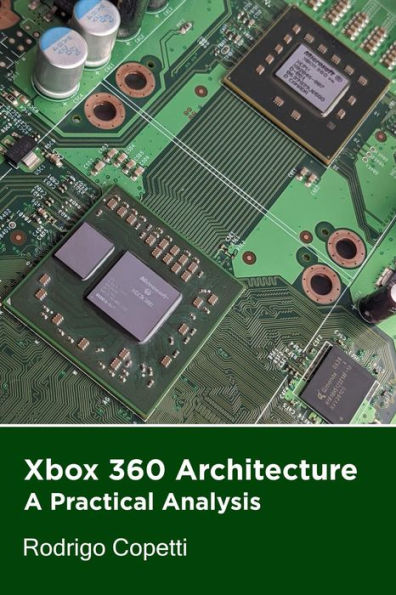Released a year before its main competitor, the Xbox 360 was already claiming technological superiority against the yet-to-be-seen Playstation 3. But while the Xbox 360 might be the flagship of the 7th generation, it will need to fight strongly once Nintendo and Sony take up retail space.
This new entry of the console architecture series will give you an additional perspective of how technology was envisioned during the early naughties, with emphasis on the emerging 'multi-core' processor and unorthodox symbiosis between components, all of which enabled engineers to tackle unsolvable challenges with cost-effective solutions.
Architecture of Consoles: A Practical Analysis
Looking at the evolution of video game consoles is fascinating. While conventional PCs tend to evolve 'incrementally', new generations of consoles introduce completely new ways of working. What you see here is a series of articles that will hopefully uncover the rationale behind the latest trends in technology. They will also demonstrate why each system can't be summarised by its 'bits', megahertz, amount of RAM and whatnot.
This is not a developer manual, just an in depth introduction to how each system worked internally. Bear in mind that tech has gotten really complicated lately, so if you struggle to follow my latest articles, try reading the early ones first. They introduce many concepts and definitions that are constantly revisited. Basic knowledge of computing is preferable, however, I try really hard to adapt my content for wider audiences, so please don't be afraid to give it a try!
About this edition
This edition originates from the article initially published on my personal website (copetti 'dot' org), it's been re-styled to take advantage of the capabilities of eBook documents.
While identical content-wise, interactive widgets have been simplified to work with a static environment - in other words, anything that physical pages allow us :), though these will offer a link to the original article in case the reader wants to try the 'full version'. Please keep this in mind when you see references to interactivity throughout the writings.
Released a year before its main competitor, the Xbox 360 was already claiming technological superiority against the yet-to-be-seen Playstation 3. But while the Xbox 360 might be the flagship of the 7th generation, it will need to fight strongly once Nintendo and Sony take up retail space.
This new entry of the console architecture series will give you an additional perspective of how technology was envisioned during the early naughties, with emphasis on the emerging 'multi-core' processor and unorthodox symbiosis between components, all of which enabled engineers to tackle unsolvable challenges with cost-effective solutions.
Architecture of Consoles: A Practical Analysis
Looking at the evolution of video game consoles is fascinating. While conventional PCs tend to evolve 'incrementally', new generations of consoles introduce completely new ways of working. What you see here is a series of articles that will hopefully uncover the rationale behind the latest trends in technology. They will also demonstrate why each system can't be summarised by its 'bits', megahertz, amount of RAM and whatnot.
This is not a developer manual, just an in depth introduction to how each system worked internally. Bear in mind that tech has gotten really complicated lately, so if you struggle to follow my latest articles, try reading the early ones first. They introduce many concepts and definitions that are constantly revisited. Basic knowledge of computing is preferable, however, I try really hard to adapt my content for wider audiences, so please don't be afraid to give it a try!
About this edition
This edition originates from the article initially published on my personal website (copetti 'dot' org), it's been re-styled to take advantage of the capabilities of eBook documents.
While identical content-wise, interactive widgets have been simplified to work with a static environment - in other words, anything that physical pages allow us :), though these will offer a link to the original article in case the reader wants to try the 'full version'. Please keep this in mind when you see references to interactivity throughout the writings.

Xbox 360 Architecture (Architecture of Consoles: A Practical Analysis, #20)

Xbox 360 Architecture (Architecture of Consoles: A Practical Analysis, #20)

Product Details
| BN ID: | 2940166670052 |
|---|---|
| Publisher: | Rodrigo Copetti |
| Publication date: | 06/08/2022 |
| Series: | Architecture of Consoles: A Practical Analysis |
| Sold by: | Draft2Digital |
| Format: | eBook |
| File size: | 9 MB |
